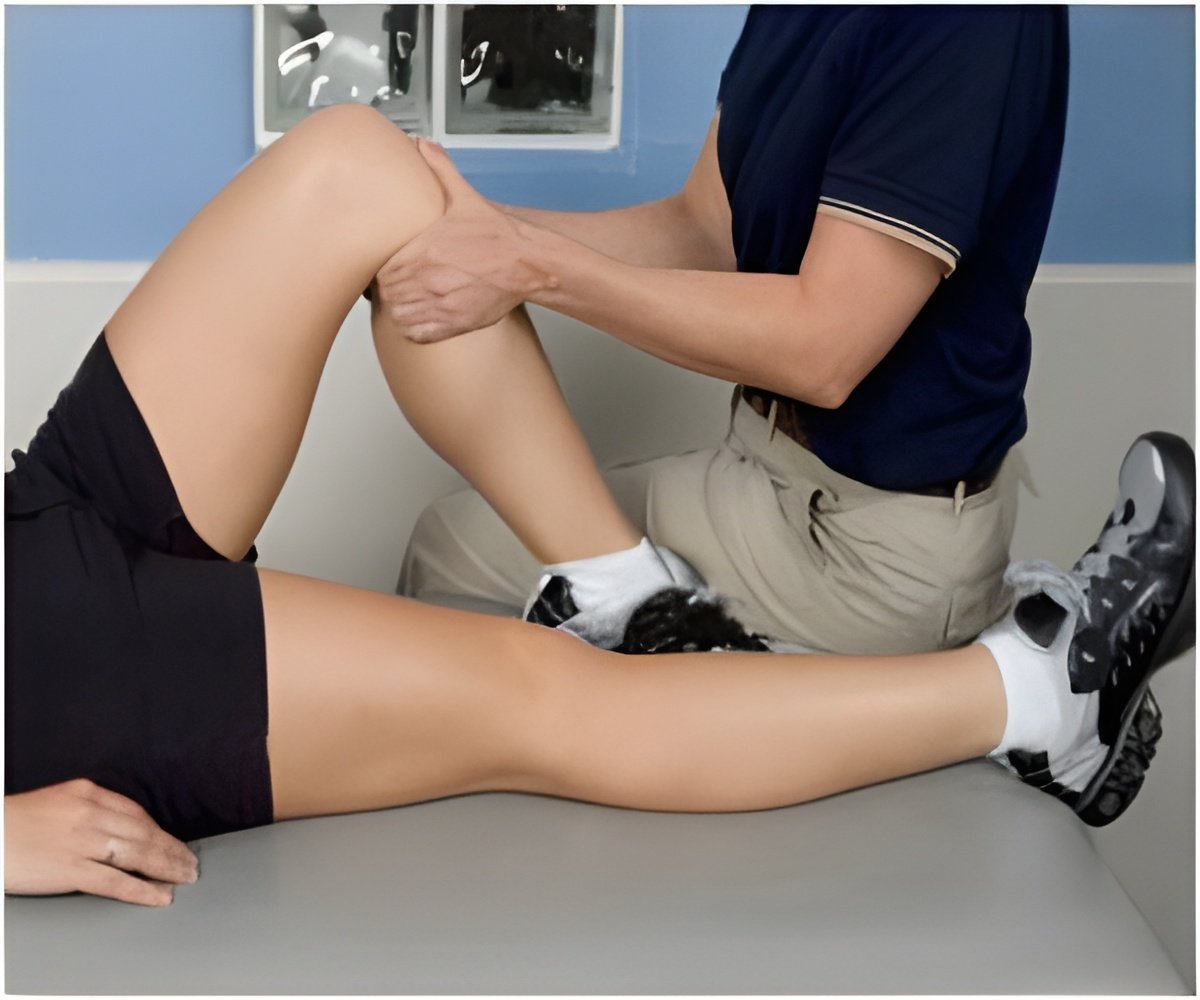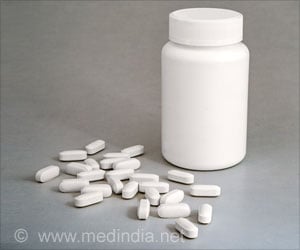Botox can be an effective treatment for specific sports injuries and chronic pain conditions, according to a new study.

‘Botox shows promising pain relief and functional improvements for some common conditions, such as plantar fasciopathy, tennis elbow, and painful knee osteoarthritis.
’





For These Musculoskeletal Disorders, Evidence Supports Botulinum Toxin Injection Various types of BoNT-A are available, but all act on motor neurons (nerve cells) to produce muscle weakness and on sensory neurons to inhibit the release of pain modulators. As in cosmetic procedures, the effects of BoNT-A injection are time-limited, and treatment may need to be repeated for sustained benefits. The effects on muscle contraction last about three months, while effects on pain may last for six months.
In a critical analysis of the research literature, Dr. Moore and colleagues identified studies showing that the neuromuscular blockade provided by BoNT-A can reduce pain and improve function in several musculoskeletal conditions:
- Plantar fasciopathy: The most common cause of plantar heel pain, caused by the thickening and other changes in the fibrous plantar fascia in the foot. Several studies report that BoNT injections can be effective if initial conservative treatments are unsuccessful. Although limited, high-quality evidence suggests reduced pain and improved function after BoNT therapy, with no significant side effects.
- Osteoarthritis: A very common and disabling condition causing pain and reduced function of the knee, shoulder, or other joints. Especially in the knee, studies have reported reduced pain and disability scores after intra-articular (into the joint) injections of BoNT-A. Dr. Moore and colleagues have found improvements lasting four to six months after BoNT injection for knee osteoarthritis.
- Lateral epicondylitis: Often called "tennis elbow," a common cause of elbow pain. Studies have reported reduced pain and improvement in daily activities after BoNT-A injection. In some reports, reductions in finger movement and grip strength have occurred due to the (temporary) motor effects of BoNT-A.
- Chronic exertional compartment syndrome: A condition causing painful and potentially damaging increases in pressure in muscle compartments, usually after exercise. Based on limited evidence, BoNT-A injections may be a safe and effective treatment, in some cases, avoiding the need for surgery.
For each of these conditions, Dr. Moore and colleagues discuss the role of BoNT-A and how they use it in their practice, including injection technique and dosage. Their paper also reviews studies using BoNT-A for patients with myofascial pain syndrome, a relatively common cause of chronic pain - with inconclusive results.
The authors note that all of these are "off-label" uses for which BoNT-A is not an FDA-approved treatment, and emphasize the need for appropriate patient selection and counseling. Dr. Moore and coauthors conclude, "Further research is required to provide stronger clinical recommendations for the use of BoNT in musculoskeletal conditions."
Advertisement













